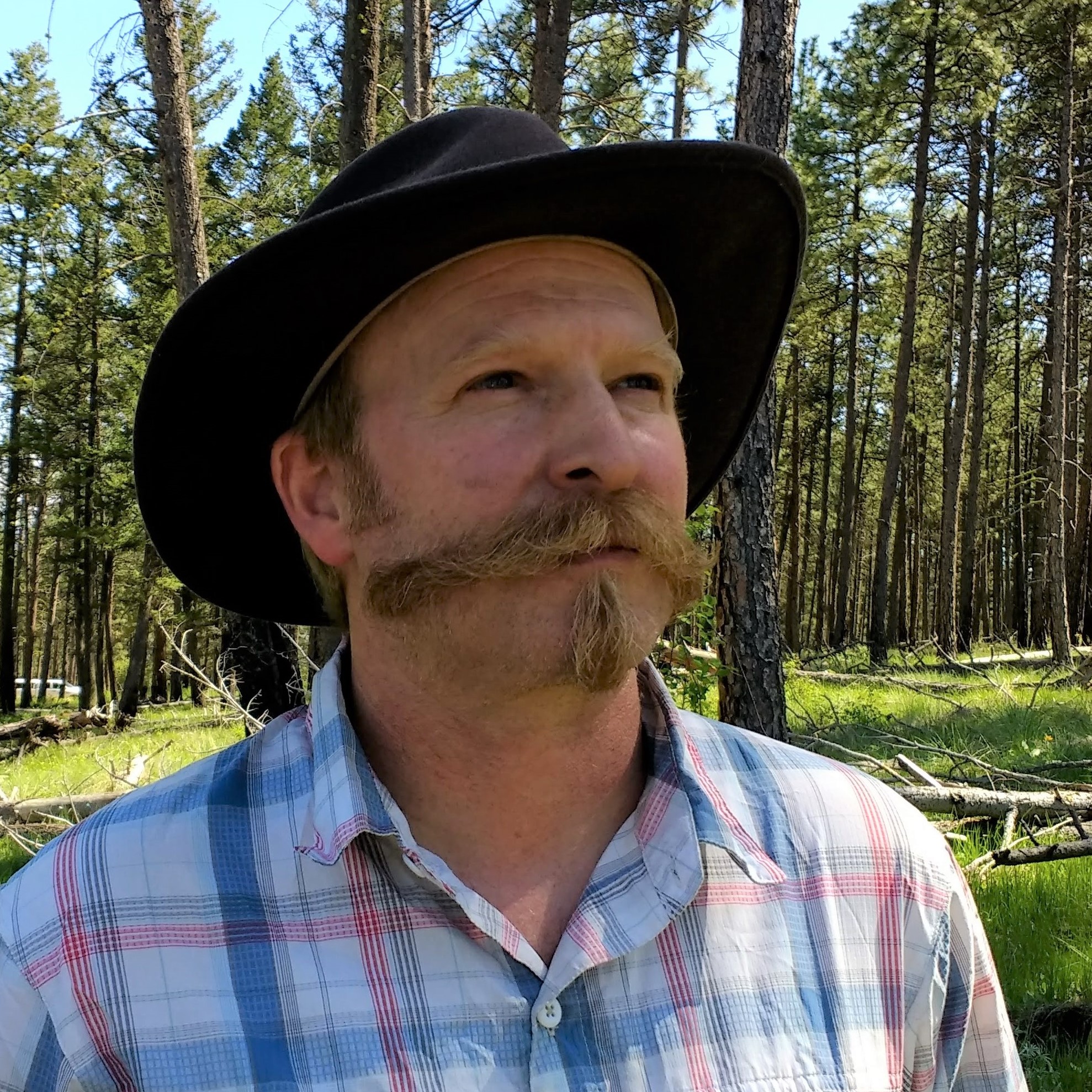Sean Parks
Research Ecologist

Email: sean.parks@usda.gov
Phone: (406) 542-4182
Address:
790 East Beckwith Avenue
Missoula, Montana 59801
Education
- Ph.D. - Forestry, 2014. - University of Montana, Missoula, MT.
- M.A. - Geography, 2006. - University of California, Davis, CA.
- B.S. - Environmental Biology and Management; Minor, Geographic Information Studies (GIS), 1998. - University of California, Davis, CA.
Background
Sean began his career at the Aldo Leopold Wilderness Research Institute in 2008.
He is actively investigating the relationship between wildfire and topography, past wildfire, weather, and vegetation within wilderness and other protected areas. Sean is also quantifying how fire regime characteristics are shaped by climate, which will potentially provide better information on how fire regimes will shift under future climate conditions.
In addition to wildfire research, Sean is actively involved in connectivity studies that map and identify corridors between individuals or populations of wildlife species. He relies heavily on GIS, satellite imagery, and statistics to conduct his work.
To learn more about Sean's research, visit his Research Information Tracking System page on the USDA FS website.
Research Projects
Current
- Quantifying the effectiveness and longevity of wildland fire as a fuel treatment (co-PI) (Joint Fire Sciences Program)
- Mapping current and future fire regimes in the western U.S. (co-PI) (National Fire Plan)
- Spatiotemporal evaluation of fuel treatment and previous wildfire effects on suppression costs (collaborator) (Joint Fire Sciences Program)
Completed
- Exploiting remotely-sensed data to better understand fire behavior and effects (co-PI; completed in 2014) (National Fire Plan)
- Evaluating approaches to mapping burn probabilities for a quantitative wildland fire risk analysis framework (collaborator; completed in 2011) (Joint Fire Sciences Program)
Publications
Batllori E, Miller C, Parisien M-A, Parks SA, Moritz MA (In press) Is US climatic diversity well represented within the existing federal protection network? Ecological Applications.
Parks SA (2014) Mapping day-of-burning with coarse-resolution satellite fire-detection data. International Journal of Wildland Fire 23, 215-223.
Parks SA, Parisien M-A, Miller C, Dobrowski SZ (2014) Fire activity and severity in the western US vary along proxy gradients representing fuel amount and fuel moisture.Plos One 9, e99699.
Parisien M-A, Parks SA, Krawchuk MA, Little JM, Flannigan MD, Gowman LM, Moritz MA (2014) An analysis of controls on fire activity in boreal Canada: comparing models built with different temporal resolutions. Ecological Applications 24, 1341-1356.
Parks SA, Dillon GK, Miller C (2014) A new metric for quantifying burn severity: the relativized burn ratio. Remote Sensing 6, 1827-1844.
Parks SA, Miller C, Nelson CR, Holden ZA (2014) Previous fires moderate burn severity of subsequent wildland fires in two large western US wilderness areas. Ecosystems 17, 29-42.
Wang X, Parisien M-A, Flannigan MD, Parks SA, Anderson KR, Little JM, Taylor SW (2014) The potential and realized spread of wildfires across Canada. Global Change Biology 20, 2518-2530.
Larson AJ, Belote RT, Cansler CA, Parks SA, Dietz MS (2013) Latent resilience in ponderosa pine forest: effects of resumed frequent fire. Ecological Applications 23, 1243-1249.
Parks SA, McKelvey KS, Schwartz MK (2013) Effects of Weighting Schemes on the Identification of Wildlife Corridors Generated with Least-Cost Methods. Conservation Biology 27, 145-154.
Parks SA, Parisien M-A, Miller C (2012) Spatial bottom-up controls on fire likelihood vary across western North America. Ecosphere 3.
McKelvey KS, Copeland JP, Schwartz MK, Littell JS, Aubry KB, Squires JR, Parks SA, Elsner MM, Mauger GS (2011) Climate change predicted to shift wolverine distributions, connectivity, and dispersal corridors. Ecological Applications 21, 2882-2897.
Parisien M-A, Parks SA, Krawchuk MA, Flannigan MD, Bowman LM, Moritz MA (2011) Scale-dependent controls on the area burned in the boreal forest of Canada, 1980-2005. Ecological Applications 21, 789-805.
Parisien MA, Parks SA, Miller C, Krawchuk MA, Heathcott M, Moritz MA (2011) Contributions of Ignitions, Fuels, and weather to the burn probability of a boreal landscape. Ecosystems 14, 1141-1155.
Parks SA, Parisien MA, Miller C (2011) Multi-scale evaluation of the environmental controls on burn probability in a southern Sierra Nevada landscape. International Journal of Wildland Fire 20, 815-828.
Parks SA, Holsinger LM, Miller C, Nelson CR. In press. Wildland fire as a self-regulating mechanism: the role of previous burns and weather in limiting fire progression. Ecological Applications. http://www.esajournals.org/doi/abs/10.1890/14-1430.1
Parks SA, Dillon GK, Miller C. 2014. A new metric for quantifying burn severity: the relativized burn ratio.Remote Sensing 6, 1827-1844.
Parks SA, Parisien M-A, Miller C, Dobrowski SZ. 2014. Fire activity and severity in the western US vary along proxy gradients representing fuel amount and fuel moisture. Plos One 9, e99699.
Honors & Awards
Squires J.R.; DeCesare N.J.; Olson L.E.; Kolbe J.A.; Hebblewhite M.; Parks S.A. 2013. Combining resource selection and movement behavior to predict corridors for Canada lynx at their southern range periphery. Biological Conservation. 157: 187-195.
Excellence in Wilderness Stewardship Research Award - 2013:
Larson A.J.; Belote R.T.; Cansler C.A.; Parks S.A.; Dietz M.S. 2013. Latent resilience in ponderosa pine forest: effects of resumed frequent fire. Ecological Applications. 23(6): 1243-1249.
Best Scientific Publication - 2012:
McKelvey K.S.; Copeland J.P.; Schwartz M.K.; Littell J.S.; Aubry K.B.; Squires J.R.; Parks S.A.; Elsner M.M.; Mauger G.S. 2011. Climate change predicted to shift wolverine distributions, connectivity, and dispersal corridors. Ecological Applications. 21(8): 2882-2897.
Sean Parks Profile Video
Rocky Mountain Research Station